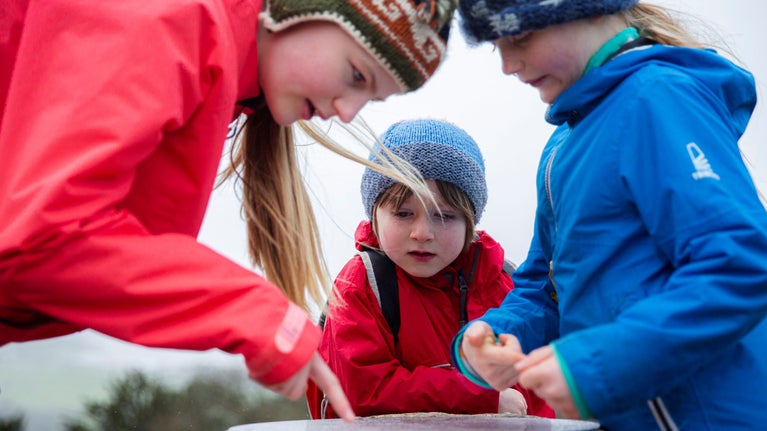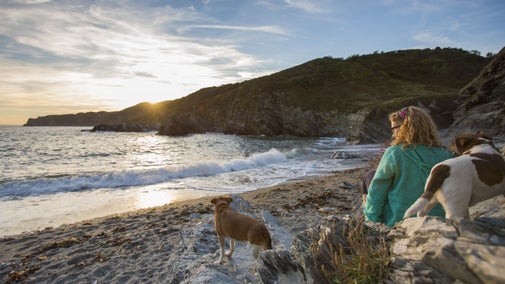
Discover more at Arnside and Silverdale
Find out how to get to Arnside and Silverdale, where to park, the things to see and do and more.

Discover valley views and coastal paths, historic woodland and birdwatching spots. Arnside and Silverdale’s limestone grassland and mixed woodland is an area of national importance for butterflies, glow-worms and wood ants, and home to an array of rare wildflowers.

Find out how to get to Arnside and Silverdale, where to park, the things to see and do and more.
Discover the 890 miles of beautiful coastline in our care. Plan your next coastal adventure, whether you want to explore soft, sandy beaches or rugged, windswept cliffs.

Try out the ‘50 things to do before you’re 11¾’ activities children can enjoy by the sea, from paddling or swimming, to catching crabs and skimming stones.

Explore the hills and paths of Arnside Knott and climb to the top for sweeping views. What wildlife and rare wildflowers will you spot on your visit to Arnside Knott?

Visit Eaves Wood at Arnside and Silverdale to discover centuries-old yew trees and a monument to Queen Victoria where you can pause to take in the view over Silverdale.

Head to the Jack Scout cliffs at Arnside and Silverdale to see the Arnside tidal bore, go birdwatching then stay for the sunset views over Morecambe Bay from Giant’s Seat.

Find out about walking your dog at Arnside and Silverdale, from the facilities available to how you can help us to protect the local wildlife. Arnside and Silverdale is a two pawprint rated place.

Discover some of the best coastal spots and beaches to explore in the Lake District.
